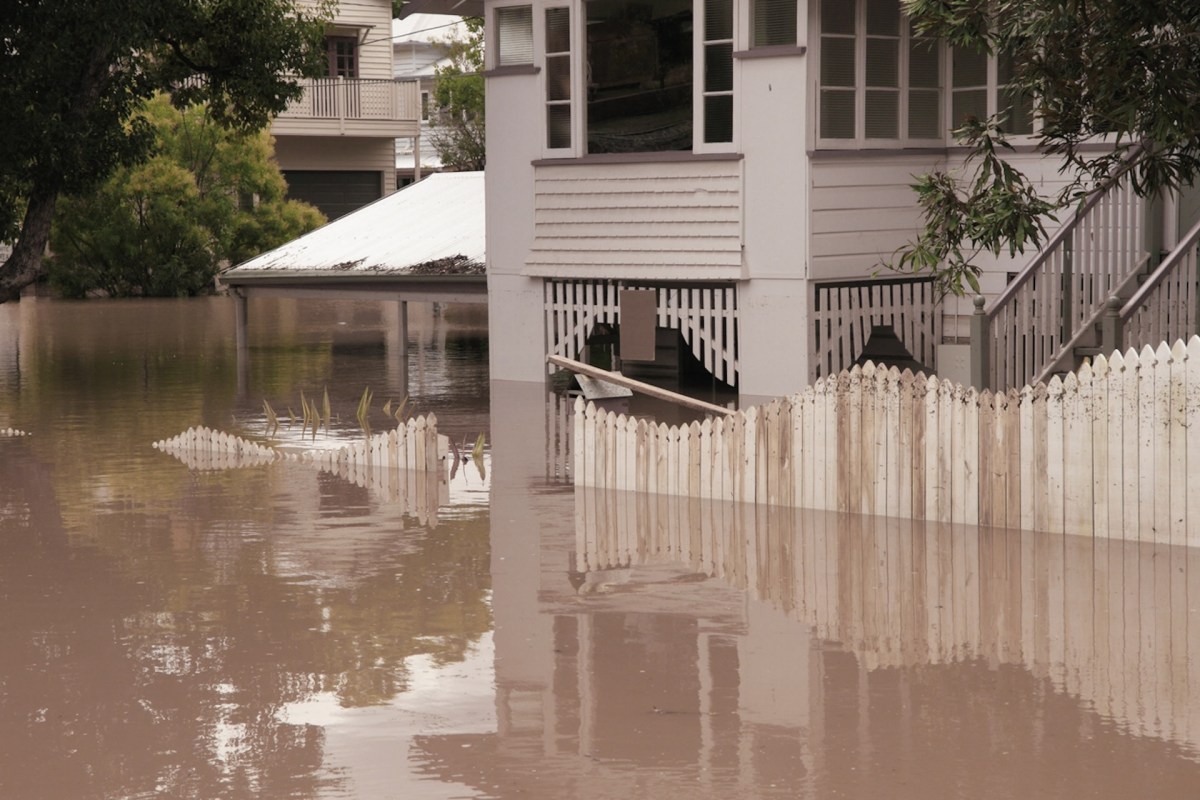In 2022, there were 18 major weather disasters that caused at least $1 billion in damages and collectively led to at least 474 deaths nationwide. However, major weather disasters could have even further-reaching effects beyond what we previously knew.
What's happening?
In a new study, researchers at two Massachusetts hospitals found that major weather disasters raised death rates for weeks following the event, as Scientific American reported.
In the study, researchers looked at major weather events in the United States between 2011 and 2016, reported by the National Centers for Environmental Information, that caused at least $1 billion in damages and compared it with data of patients with Medicare.
They found that after one week, emergency department visits were still more than 1 percent higher than pre-weather disaster levels. They also found that deaths remained elevated for as much as six weeks after the event, per Scientific American.
Why is this study important?
The study puts a wider perspective on the impact of weather disasters. The deaths reported by the NCEI only include the immediate deaths as a result of the events. The study could help expand the reporting of mortality to include longer periods following disasters.
"These findings suggest that the biggest weather disasters have broad and long-lasting impacts on health emergencies and deaths among those who have Medicare," lead author Renee Salas, an emergency room physician at Massachusetts General Hospital, told Scientific American.
Because the study only examined data of the roughly 65 million patients with Medicare, just over 19% of the U.S. population, it highlights the deficiencies in data following weather disasters and puts an even greater emphasis on the need to protect people and communities in the event of disaster.
What can we do about extreme weather?
The U.S. set a record of billion-dollar weather and climate disasters in 2023, showing an increase in these events. With an uptick in tropical storms, hurricanes, and heat waves, it's vital to continue research and find ways to protect communities.
"Given the speed and scale with which these disasters have been occurring, we need to understand the problem, and I hope there will be many more researchers who look into this," Salas told Scientific American. "With billion-dollar disasters happening with increased frequency, having an updated analysis of these events is important."
Other studies have also found health risks that can result from weather disasters, including long-lasting effects on children's development and post-traumatic stress disorder.
However, there are positive developments in early warning systems and software tools to help people evacuate zones before disasters, as well as technology to help communities after disasters, like these mobile solar panel trucks that provide electricity.
This study and others can help us be aware of the dangers of weather disasters and create plans for protecting ourselves, our families, and our communities when disaster strikes.
To prepare yourself for weather disasters, it's important to know which areas of the U.S. are at the highest risk of worsening weather disasters. It's vital to have an emergency supply kit as well as a family plan to ensure you and your loved ones can stay calm and safe in the event of a weather disaster.
Join our free newsletter for cool news and cool tips that make it easy to help yourself while helping the planet.









